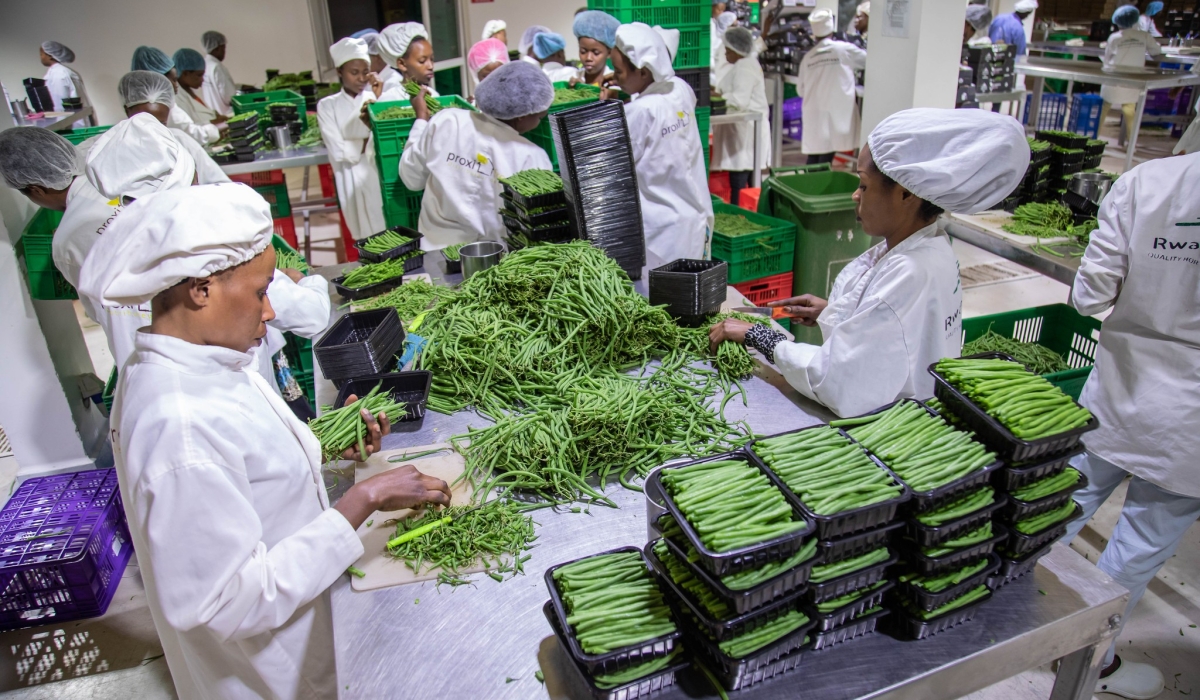Rwanda’s economy has seen a decline in exports of crop production and minerals during the second quarter of 2024.
According to the latest GDP figures by the National Institute of Statistics (NISR), while food crop production increased by 8 percent driven by a strong harvest season A, the exports declined by 6 percent in the second quarter compared to the same period last year.
Ivan Murenzi, Director General of NISR, explained that the decline in agricultural exports started in the third quarter of 2023, and the plan to plant new coffee trees to replace the old ones has greatly affected its production as a major export commodity in agriculture.
The same for tea production which usually declines due to lack of rain during the second and third quarter of the year, he added.
When it comes to the industry sector, NISR data indicates that it has overall increased by 15 percent, owing to a rise in construction and manufacturing activities, however, the mining and quarrying activities declined by two percent, hence, the reduction in exports of Coltan and Cassiterite at eight percent and nine percent, respectively.
“The main reason behind the decline of two percent was the unfavorable weather seasons in April and May that affected some mining activities and another reason is price expectations of minerals, where it happens that one mines and stores, yet we record exports,” said Murenzi.
On the other hand, manufacturing sector growth was buoyed by an 18 percent increase in food processing, and 28 percent in textiles, clothing, and leather.
Metal products, machinery, and equipment manufacturing increased by 29 percent while production of chemicals, rubber, and plastic products rose by 20 percent.
Services as a majority contributor to GDP, grew by 10 percent, whereby wholesale and retail trade expanded by 10 percent, transport activities by nine percent, hotels and restaurants by 20 percent, and financial services by 10 percent, while information and communication services rose by 33 percent.
Overall the economy grew by 9.8 percent in the second quarter of 2024, growing from 9.7 percent recorded in the first quarter.
The growth at current market prices was estimated at Rwf4,515 billion, up from Rwf3,972 billion in the same period of the second quarter of 2023.
The statistics body remained cautious about the overall annual growth rate projected at 6.6 percent. Rwanda’s economy grew by 8.2 percent in 2023.
Yusuf Murangwa, the Minister of Finance, said that the relatively low economic growth projection factors in the uncertainty of global shocks, and it would be revised considering performance over the next two quarters.
“Given all the planning we do and the history of climate shocks, our position is conservative because of some unpredictable aspects of the economy, but from the quarterly growth rate, we are very optimistic,” he explained.
TNT

